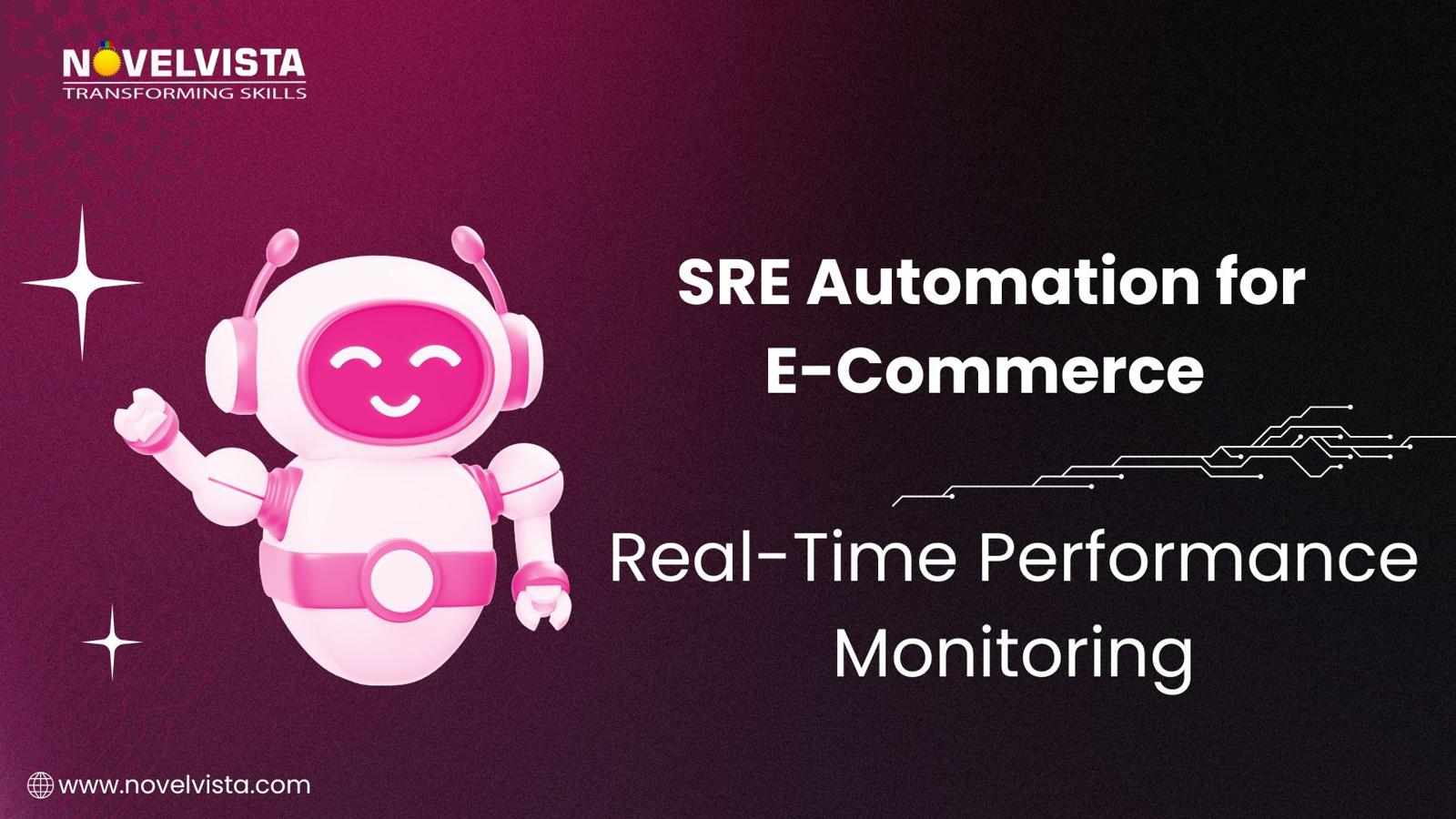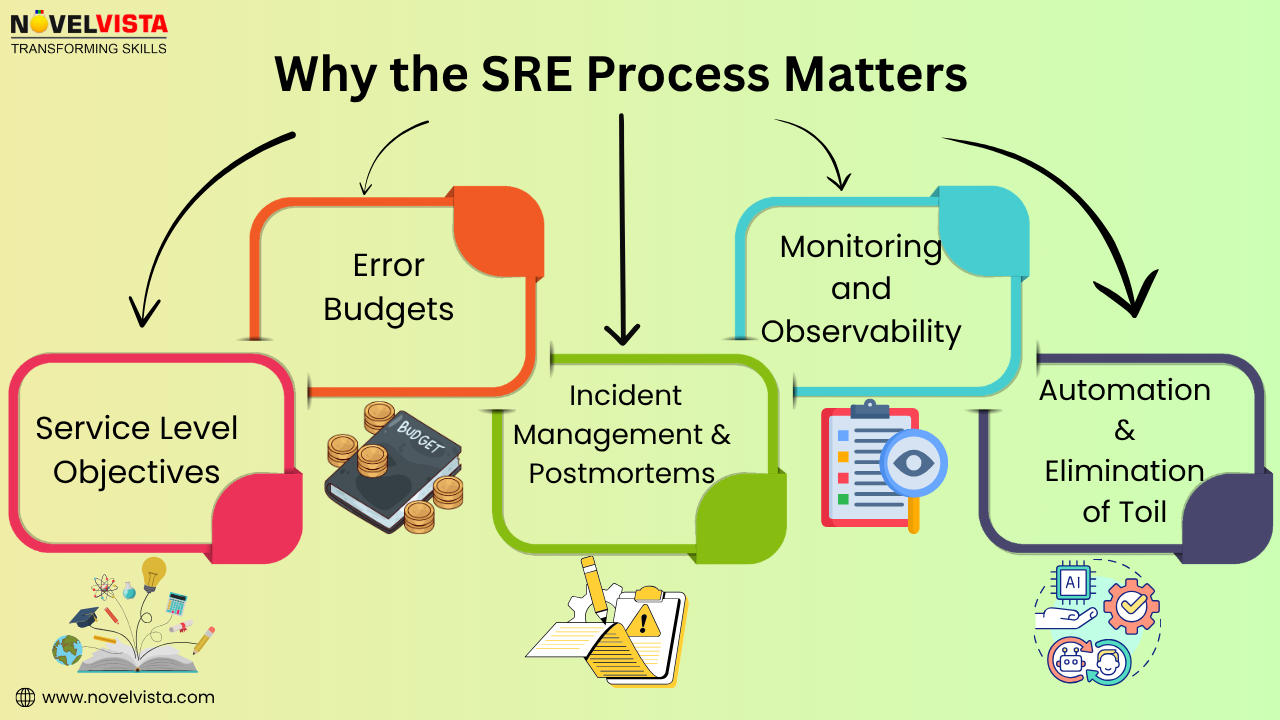
In today’s digital-first world, e-commerce success depends on reliability, speed, and seamless user experience. A few seconds of downtime or latency during a sale can translate into lost revenue, damaged reputation, and decreased customer loyalty. This is where Site Reliability Engineering (SRE) automation plays a vital role, especially in the domain of real-time performance monitoring.
For e-commerce platforms managing millions of transactions daily, automating reliability tasks is no longer optional—it’s essential.
Read More: Ultimate guide to SRE Automation
Why SRE Automation Matters in E-Commerce
Traditional monitoring methods are reactive, often notifying teams after users have experienced issues. But e-commerce businesses can’t afford this delay. Performance issues like slow page loads, cart failures, or payment lags must be caught and addressed in real-time.
SRE automation solves this by enabling:
Proactive monitoring and alerting
Self-healing infrastructure
Scalable response to traffic spikes
Improved uptime during high-stakes events (sales, festivals)
Key Components of Real-Time Performance Monitoring
1. Synthetic Monitoring
Tools simulate user journeys (like adding items to cart or checking out) continuously to detect issues before real users face them.
2. Real User Monitoring (RUM)
Tracks actual user experiences across devices, regions, and browsers to surface real-world performance problems.
3. Application Performance Monitoring (APM)
Using tools like New Relic, AppDynamics, or Datadog, SRE teams monitor backend processes, load times, server health, and database performance in real time.
4. Custom Dashboards & SLOs
Setting up Service Level Objectives (SLOs) around metrics like page load time, API latency, or checkout success rate allows the team to track what's most important to users.
How SRE Automation Powers Real-Time Monitoring in E-Commerce
Auto-Scaling Based on Traffic Patterns
During festive sales or flash discounts, e-commerce traffic can spike dramatically. Automated rules (based on CPU, memory, or user sessions) help scale infrastructure up/down instantly using Kubernetes, AWS Auto Scaling, or Terraform.
Automated Alerting and Incident Response
When performance dips below thresholds, integrated systems like PagerDuty or Opsgenie notify the right team. Automation can trigger scripts to restart services, redirect traffic, or switch to backup systems—without waiting for manual intervention.
Error Budget Enforcement
By tracking error rates and performance metrics against SLOs, automation can throttle risky deployments if the platform is already close to breaching its error budget.
Anomaly Detection with AI/ML
Modern monitoring tools use machine learning to identify patterns and anomalies, such as sudden payment drop-offs or unusual page latency in a particular region.
Real-Life Use Cases
Checkout Page Monitoring
If checkout time increases beyond 2 seconds, the system automatically scales backend services and notifies developers if retries fail.Payment Gateway Failover
In case a payment provider API fails, automated scripts route transactions to an alternate provider in real-time.Cart Drop Analysis
When the cart abandonment rate spikes, automation triggers investigations: slow product APIs, image CDN issues, or price miscalculations.Global CDN Monitoring
Track content delivery speeds across regions and automatically switch CDNs or edge servers if latency crosses a defined threshold.
Challenges and Considerations
Data Overload
Too many alerts can overwhelm teams. Automation must filter noise and prioritize actionable events.Tool Integration
E-commerce systems use many third-party tools (payments, logistics, search). Monitoring must integrate across these layers.Security Automation
Automated monitoring must also include security checks (like rate-limiting suspicious traffic) without affecting genuine users.
Conclusion
In a competitive and high-stakes e-commerce environment, SRE Certification and real-time performance monitoring are crucial to deliver seamless, reliable user experiences. By proactively identifying and resolving issues before they impact customers, e-commerce brands can boost conversions, reduce downtime, and build lasting digital trust.




















Write a comment ...